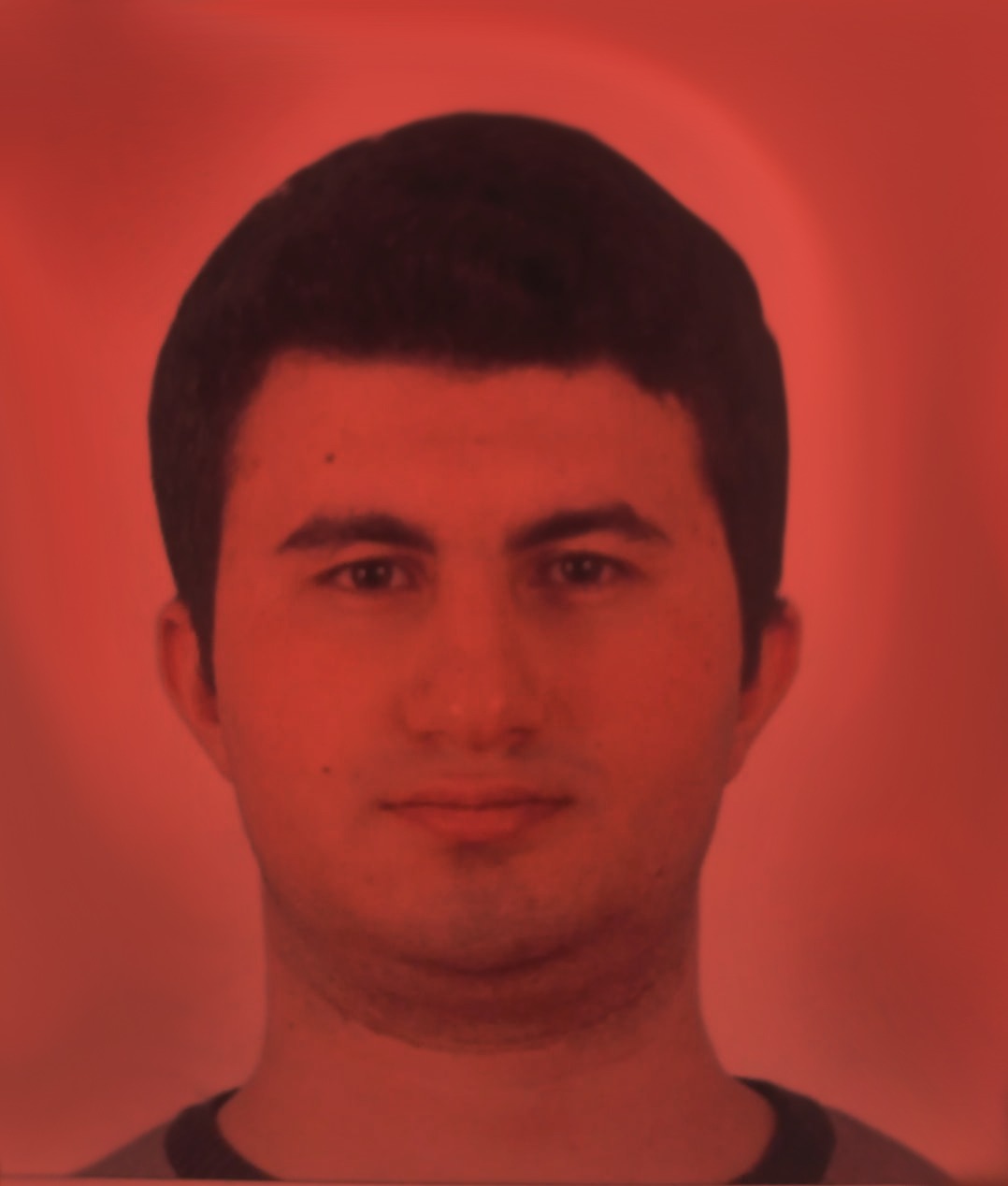Schrödinger’s equation, when applied to the entire universe, predicts a continuous flow of quantum splits. The cosmos is a mysterious and captivating realm, teeming with possibilities and governed by the peculiar laws of quantum physics. One of the most perplexing concepts to emerge from this domain is the many-worlds interpretation, which envisions a scenario where infinite realities unfold simultaneously. Despite its deeply theoretical nature, this idea has captured the interest of not just physicists but also permeated popular science, media, and philosophical discussions.
At the core of this interpretation is the concept of unitary evolution, which posits that quantum systems evolve autonomously, without external influence. This seemingly straightforward notion takes on a profound meaning when you consider its implications. According to this view, every quantum event spawns a divergence in reality. Essentially, with each quantum decision, the universe branches off, creating multiple versions of itself.
These divergent realities are not scattered across distant galaxies or alternate timelines; instead, they coexist within the same space and time, distinguishing this theory from other multiverse hypotheses. While some models propose that parallel universes arise from cosmic inflation or within vast string theory landscapes, the many-worlds interpretation keeps its universe replicas intimately intertwined—unseen but overlapping.
However, this concept appears to contradict our everyday observations. Our lived experience does not align with a universe that resembles a quantum roulette wheel. Our classical reality feels cohesive and stable. Yet, Schrödinger’s equation, when applied to the entirety of existence, foresees an infinite succession of quantum divisions, each giving birth to a new “history” that progresses on its own trajectory.
This predicament raises a profound question: if all potential outcomes exist, why do we perceive only one reality? The theory grapples with explaining how our familiar world emerges from a realm of quantum ambiguity. As Niels Bohr once argued in his famous debates with Einstein, properties remain undefined until they are observed. Without measurement, there is no clarity.
To bridge this gap, researchers from the Autonomous University of Barcelona have been exploring the elusive connection between quantum strangeness and classical stability. A promising avenue of inquiry originates from theoretical physicists in Barcelona, who are investigating how classical characteristics could manifest within a purely quantum system, independent of external influences.
Their simulations offer a crucial revelation: as particles within a system become entangled and interact more intricately, quantum effects gradually diminish. Through increased connectivity, a single, definitive reality is more likely to emerge. These findings suggest that entanglement might conceal the multitude of worlds from our perception, leaving only one reality to be experienced.
The research conducted by the Barcelona team provides a new perspective on Schrödinger’s cat, shedding light on the relationship between observation and reality. By applying fundamental principles, they demonstrate that the intricate interactions within the environment overwhelmingly favor the selection of a single state, from the box containing the cat to the broader universe. The researchers explain that the vast number of particles in everyday objects is why we do not directly perceive the multiverse.
Their model shows that quantum randomness diminishes as the system evolves, leading to one dominant outcome. This occurs without the need for external noise or environmental decoherence. Instead, the focus is on the influence of “slow and coarse observables” in isolated, nonintegrable systems, which help stabilize the system onto a classical trajectory.
Decoherence, the process by which quantum superpositions lose coherence through interactions with their surroundings, plays a crucial role in understanding the transition to classical behavior. However, the Barcelona researchers argue that decoherence alone cannot fully explain the emergence of classicality within the Many-Worlds Interpretation (MWI). Their work examines the decoherence functional to assess the consistency of quantum histories.
Their simulations of systems with varying particle numbers and dimensions reveal that quantum effects diminish exponentially with increasing particles, suggesting that classicality is a universal feature of large quantum systems. The findings challenge the idea that specific conditions are necessary for classicality to emerge, implying that almost any initial wave function can lead to meaningful classical universes.
While the research provides valuable insights, it also points out the limitations of the MWI in addressing the complexities of general relativity and the potential impact of quantum randomness on macroscopic scales. The possibility of mixed outcomes from certain entangled states, such as a superposition of alive and dead, remains open for further exploration.
The topic of Schrödinger’s cat is a fascinating one. In addition, the idea of an “arrow of time,” which signifies the distinction between past and future, is not necessarily connected to the splitting of wave functions. The Many-Worlds Interpretation (MWI) presents a scenario of multiple universes where time symmetry could potentially result in retrocausal effects, adding complexity to the understanding of classical behavior. The graph shows the plot of ϵ, the average deviation from decoherence, in the weak-coupling region based on the Hilbert space dimension for histories of different lengths. Despite the obstacles, the MWI offers an intriguing framework for delving into the nature of reality. By highlighting the significance of entanglement and nonintegrability, researchers in Barcelona have made strides in clarifying how classical states emerge from the realm of quantum mechanics. Their work highlights the depth of quantum theory and its ability to transform our view of the cosmos. Schrödinger’s cat remains a captivating symbol for both physicists and philosophers, encapsulating the unresolved complexities of quantum mechanics and hinting at a vast multiverse full of potential. While the quantum multiverse may forever elude our complete understanding, ongoing research continues to bring us closer to unveiling its mysteries, one path at a time. The research findings can be accessed online through the journal Physical Review X. (Credit: Physical Review X) This content is adapted from The Brighter Side of News and may have been edited for conciseness and clarity. Sign up for The Brighter Side of News’ newsletter for more uplifting stories.
